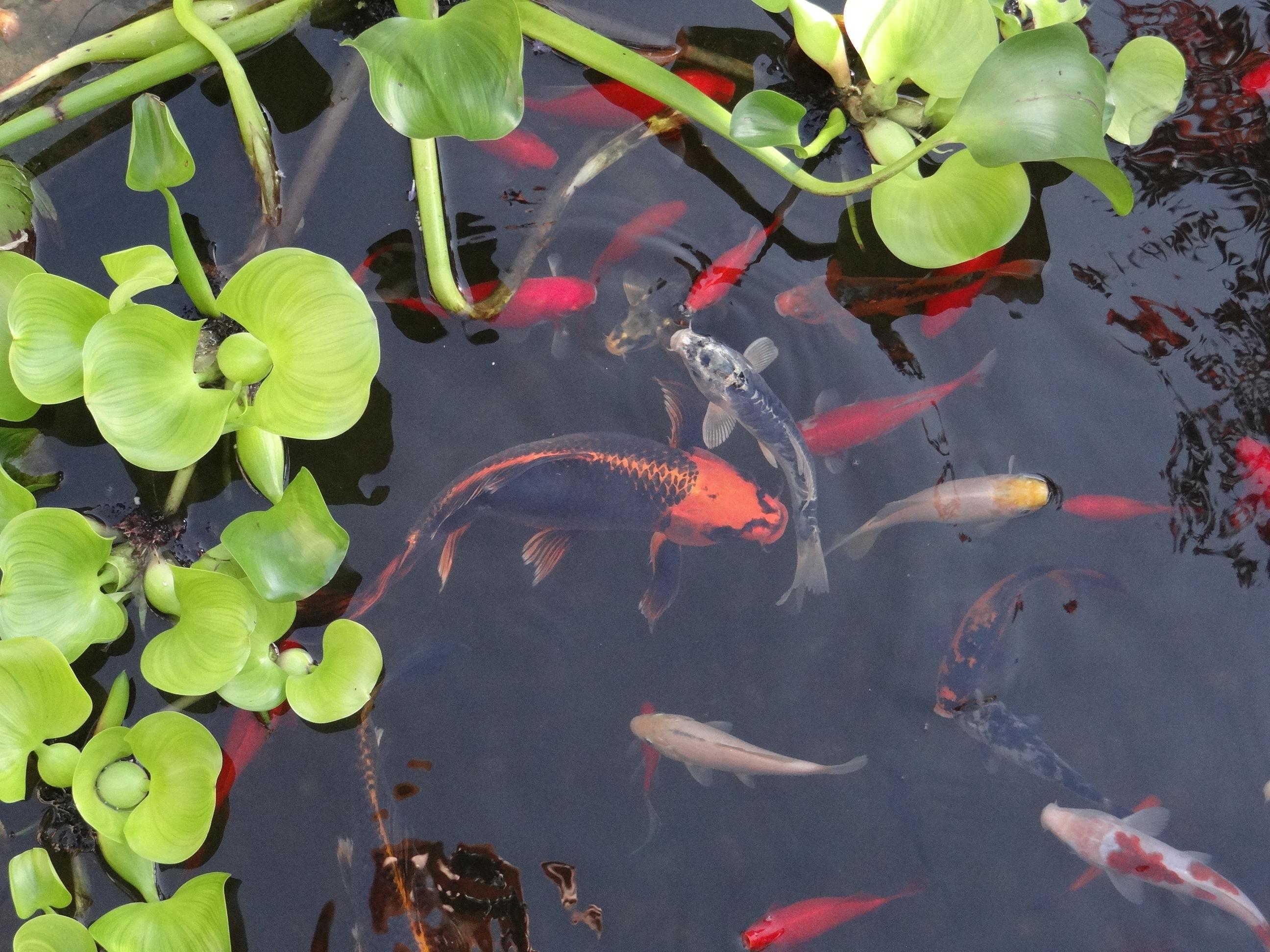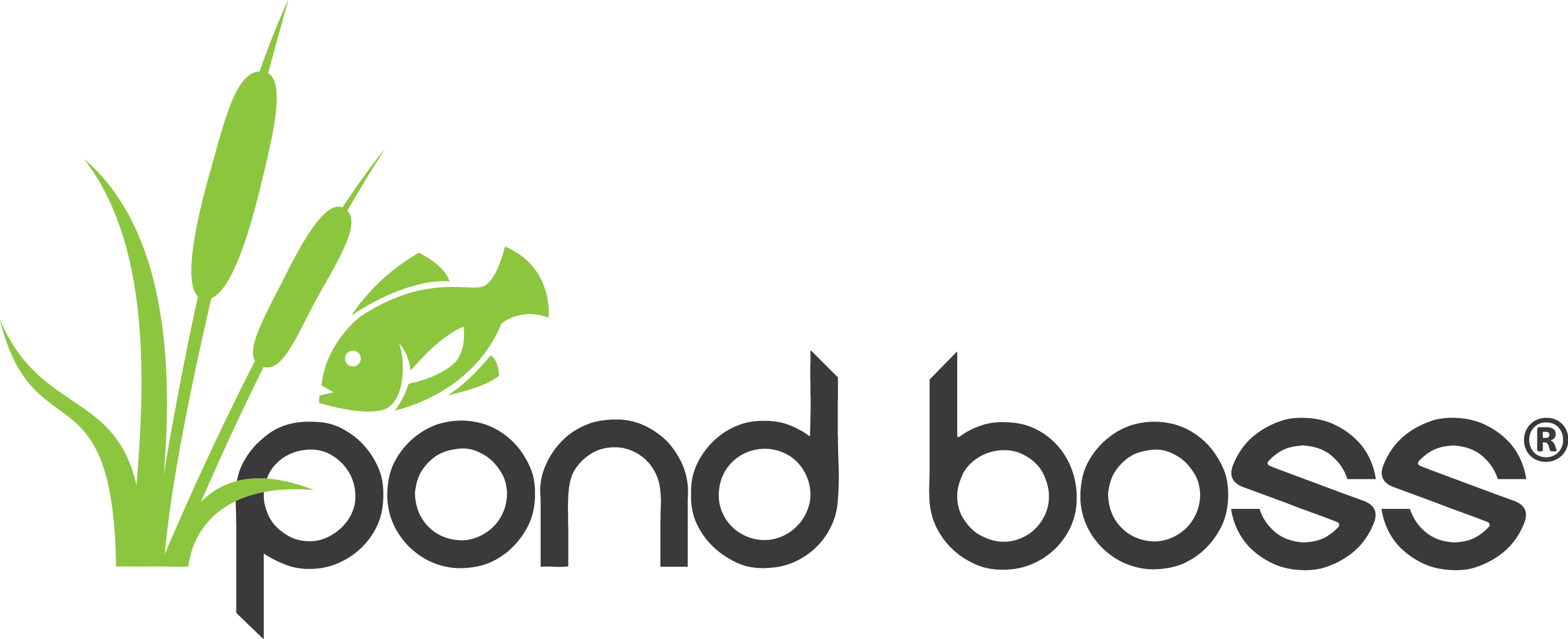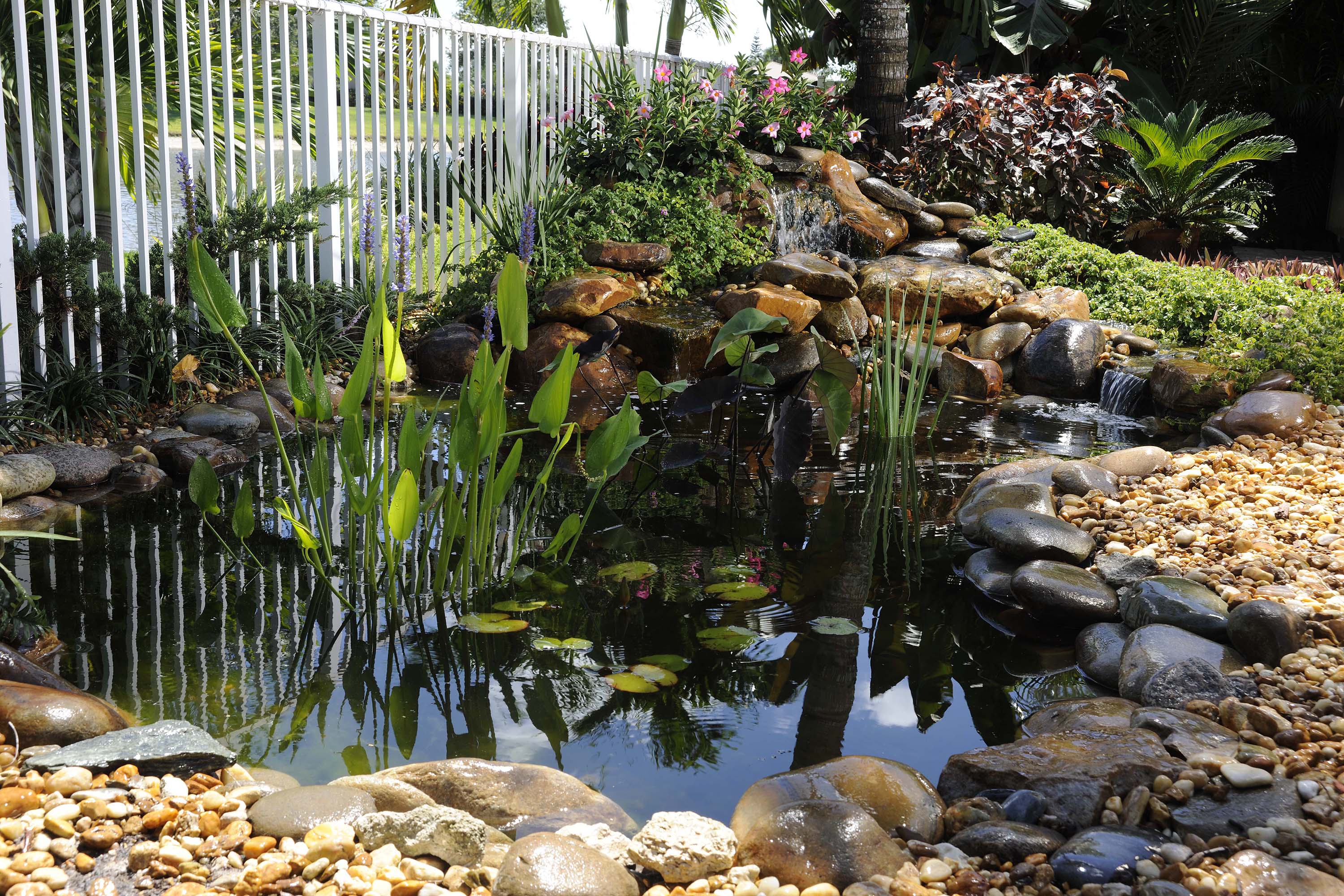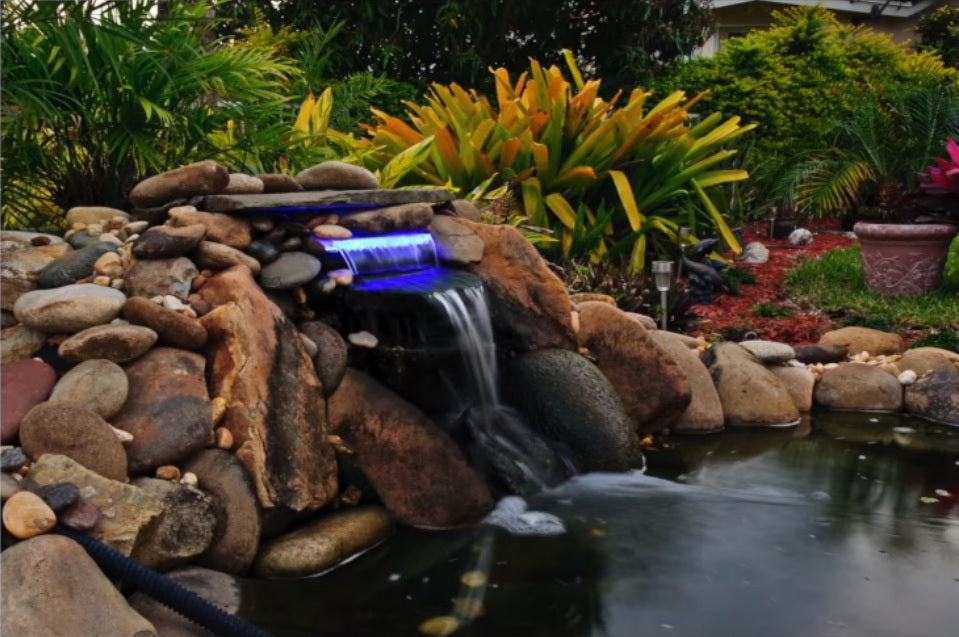
Fish Feeding Guide as Temperatures Increase
As temperatures begin to rise, the water surface of your pond is beginning to thaw, and it is time to look forward to more fish activity. Fish bring so much life to any pond, but caring for fish throughout the seasons can be difficult to know what to do. This water temperature guide is designed to help you determine the best care for your fish in the upcoming months. If you do not have a way of determining water temperature, consider a floating pond thermometer.
 Introduce a low protein diet feeding every couple of days. A wheat germ based diet would work well during this temperature range.
Introduce a low protein diet feeding every couple of days. A wheat germ based diet would work well during this temperature range.
 Increase the frequency of feedings to small amounts every day or regular amounts every other day.
Increase the frequency of feedings to small amounts every day or regular amounts every other day.
 Return to normal fish feeding schedule with high protein diet.
Return to normal fish feeding schedule with high protein diet.
When feeding pond fish, it is helpful to based feeding quantities off of amount eaten in a couple minutes. Anything more than that can become excessive to the point of increased waste in your pond or digestive problems for the fish. If using a floating fish food it will be simple to see how much they are able to eat within a couple of minutes. You can use a fish net to pull any excess food added from feeding times. If any food does sink to the bottom it can add to an excess in the water’s nutrient load, use a beneficial bacteria or sludge remover as a part of your regular maintenance routine as a simple solution. It is also helpful to consider turning off any waterfalls or skimmers that could pull fish food away from the surface of the water. This will also signal your fish when it is feeding time, so they will be ready to great you at the water’s surface.
Following this water temperature guide will help your fish as they adapt back to warm weather again, and in no time you will have your active swimmers back again to greet you at feeding times.


